
Joe Rao
Joe Rao is Space.com's skywatching columnist, as well as a veteran meteorologist and eclipse chaser who also serves as an instructor and guest lecturer at New York's Hayden Planetarium. He writes about astronomy for Natural History magazine, Sky & Telescope and other publications. Joe is an 8-time Emmy-nominated meteorologist who served the Putnam Valley region of New York for over 21 years. You can find him on Twitter and YouTube tracking lunar and solar eclipses, meteor showers and more. To find out Joe's latest project, visit him on Twitter.
Latest articles by Joe Rao
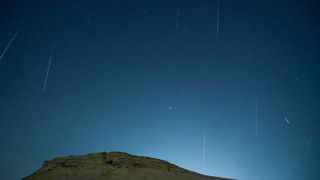
The Geminid meteor shower peaks this week. Don't miss the best 'shooting stars' of 2023
By Joe Rao published
The Geminid meteor shower reaches its peak on Dec. 13 and 14. Conditions look favorable for a spectacular display this year under the dark skies of a new moon.
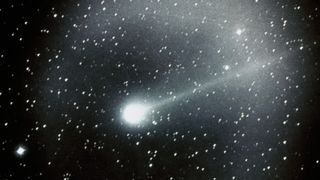
Halley's Comet begins its 38-year journey back toward Earth tonight
By Joe Rao published
On Friday, Dec. 8, Halley's Comet reaches its farthest point from the sun and begins its journey back through the solar system.
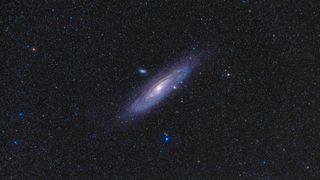
Our neighbor the Andromeda Galaxy shines overhead this week. Here's how to see it
By Joe Rao published
Located at a distance of 2.5 million light-years, the Andromeda Galaxy is readily visible to the unaided eye on dark, clear nights. Here's where you should look this week.
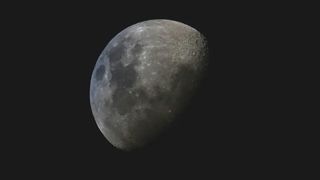
The moon, Saturn and Jupiter provide a Thanksgiving skywatching feast
By Joe Rao published
A waxing gibbous moon, Saturn and Jupiter make inviting targets for skywatchers this Thanksgiving.
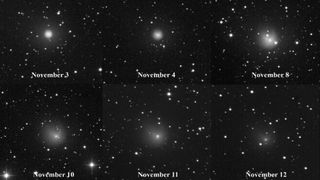
'Devil Comet' 12P/Pons-Brooks is approaching Earth. Why is it flaring up, 'horns' and all?
By Joe Rao published
The exact cause of 'Devil Comet' 12P/Pons-Brooks' flare-ups is unknown, though the best guess is that perhaps a fissure has developed on the comet's nucleus due to a build-up of gas.
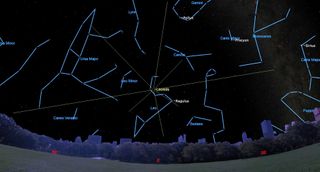
The Leonid meteor shower peaks today. Here's how to see it
By Joe Rao last updated
One of the most famous of the annual meteor showers will soon be reaching its maximum: The Leonids. These ultrafast meteors are due to reach their peak on Saturday morning (Nov. 18).
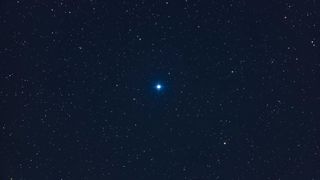
Watch Algol, the 'Demon star of Perseus,' get eclipsed by its stellar twin this week
By Joe Rao published
The "Demon Star" of Algol gets eclipsed this week by one of its stellar siblings. Here's what you need to know.
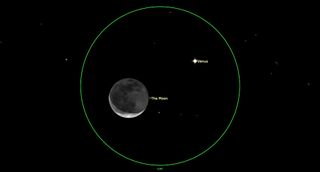
See bright Venus and the crescent moon light up the early morning sky on Nov. 9
By Joe Rao published
The two brightest objects in the night sky — dazzling Venus and a lovely waning crescent moon — will be the chief celestial attraction in the predawn sky on Thursday, Nov. 9.
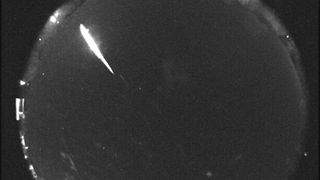
Look up! The Taurid meteor shower peaks next week
By Joe Rao published
If skies are clear during this upcoming week, be sure to take a few moments to gaze upward. You just might be lucky and catch a glimpse of a spectacular sky sight — a Taurid meteor.
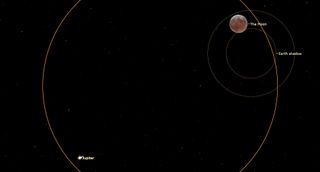
The moon will match up with Jupiter on Oct. 28
By Joe Rao published
Jupiter will meet up with the moon on Oct. 28 in a stunning sky show. Then with a telescope, watch a moon's shadow on Jupiter on Oct. 29.
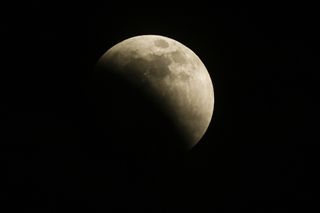
The Full Hunter's Moon experiences a partial lunar eclipse on Oct. 28. Here's what to expect
By Joe Rao published
Two weeks after casting its shadow across the Americas during an annular solar eclipse, the moon will swing around to skim through the northern edge of the Earth's own shadow on Saturday, Oct. 28.
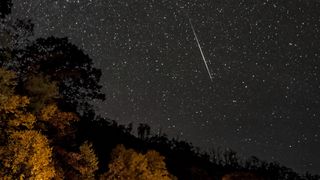
The Orionid meteor shower peaks this weekend. Here's how to see it
By Joe Rao published
During the third week of October, the meteor display spawned by the debris shed by Halley reaches its peak: The Orionid meteor shower.
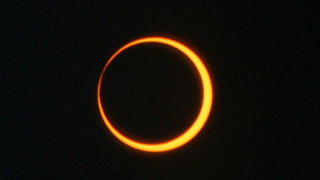
'Ring of fire' solar eclipse on Oct. 14 forecast: Will the weather cooperate?
By Joe Rao published
Almost all of North America will experience a dramatic event on Saturday (Oct. 14), when a partial eclipse of the sun will be visible — weather permitting, of course.
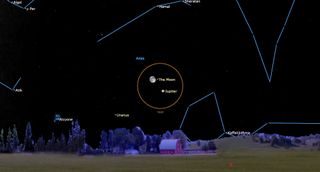
See Jupiter meet up with a bright moon in the night sky tonight
By Joe Rao published
Skywatchers who are out during the evening hours on Sunday will almost certainly be attracted toward the eastern sky, where the two brightest visible objects at that hour will be readily evident.
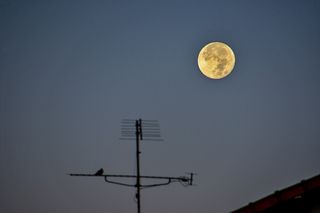
Harvest moon 2023, the last supermoon of the year, kicks off fall stargazing on Sept. 29
By Joe Rao published
The last supermoon of 2023 will illuminate the autumn sky on Friday.
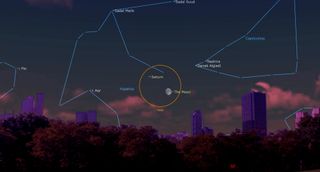
See the moon and Saturn shine side-by-side in the night sky tonight
By Joe Rao published
Saturn and its rings will be visible near a bright moon tonight. Here's how to catch a glimpse of the two celestial marvels.
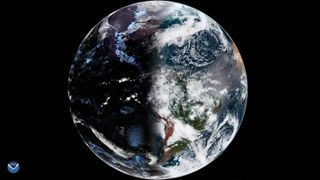
Autumnal equinox 2023 brings fall to the Northern Hemisphere today (Sept. 23)
By Joe Rao last updated
On Saturday (Sept. 23) at 2:50 a.m. EDT (0650 GMT), autumn begins astronomically in the Northern Hemisphere, and spring starts in the South.
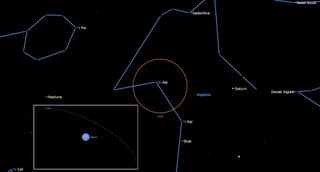
Distant Neptune and Uranus make for excellent night sky sights this week. Here's how to see them
By Joe Rao published
Uranus and Neptune, the two outermost planets of the solar system, make for excellent viewing throughout the end of September. Here's how to locate and view them.
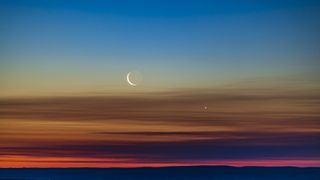
Venus is now a beacon in the early morning sky. Here's how to see it
By Joe Rao published
With each passing morning, Venus has been rising ever higher and has been getting a little brighter. The planet will reach its brightest in the morning sky on Sept. 19. Here's how to see it.
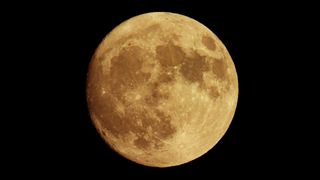
August's rare Super Blue Moon, the biggest full moon of 2023, rises tonight
By Joe Rao published
In addition to its "supermoon" status, this particular full moon will be the second to occur in the month of August, making the full moon on Aug. 30 also branded as a "Blue" moon.
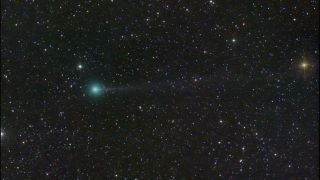
Will newfound Comet Nishimura really be visible to the naked eye? Experts aren't so sure
By Joe Rao published
While social media has been abuzz with talk of new Comet Nishimura being visible to the naked eye in September, experts aren't so sure.
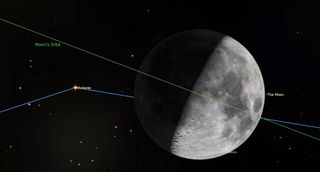
See the moon eclipse the red supergiant star Antares tonight
By Joe Rao published
Red supergiant Antares, the 15th brightest star in the night sky, will appear to abruptly blink out behind the moon's dark limb during a lunar occultation on Aug. 23, 2023.
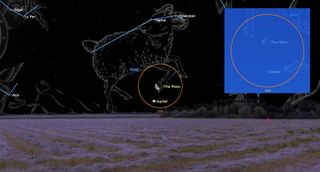
See Jupiter and the half moon join up in the night sky tonight
By Joe Rao published
The moon and Jupiter will be just under the feet of Aries the Ram, in the night sky on the evening of Monday, Aug. 7. With the right binoculars, you could see five moons at once.
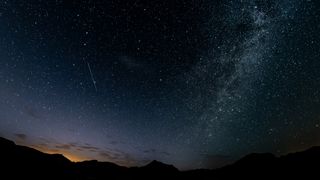
The Perseid meteor shower peaks in August. Here's how to see it
By Joe Rao published
The Perseid meteor shower, one of the most dependable annual showers, peaks on Aug. 12 and 13, and this year looks great for meteor watchers in North America.
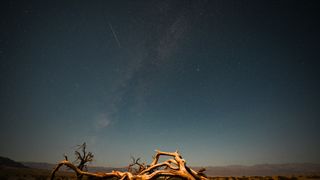
The summer meteor showers of 2023 could be awesome. Here's how to see them
By Joe Rao published
One of the best meteor displays of the year will be visible soon: The Perseid Shower. But there also are a number of minor meteor displays that will be peaking in the next couple of weeks.
Get the Space.com Newsletter
Breaking space news, the latest updates on rocket launches, skywatching events and more!